
What’s the Reason Behind Painting Trees White?
Nature is brimming with vivid colors. Trees alone display a wide range of hues, from the pink of cherry blossoms to the deep green of pines and the yellow of maple leaves. However, some trees have white bark—unlike naturally white-barked birches—due to human-applied paint.
Why Are Some Trees Painted White?

You may have noticed that the lower trunks of some trees are painted white. This is to shield the bark from sunscald, a condition similar to sunburn in plants. Sunscald commonly occurs in winter when fluctuating temperatures—from cold nights to sunny days—can damage the bark. The white paint helps prevent the tree from overheating and cracking. Cracked bark can expose the tree to diseases, fungi, and pests.
“This type of painting is usually done on young, thin-barked residential trees or in orchards,” explains Christopher Evans, an extension forestry and research specialist at the University of Illinois Urbana-Champaign. “The white paint helps moderate daytime heating of the bark and reduces the risk of sunscald.” This treatment is typically only needed for younger trees until they become more resilient.
Additional Reasons for Painting Trees
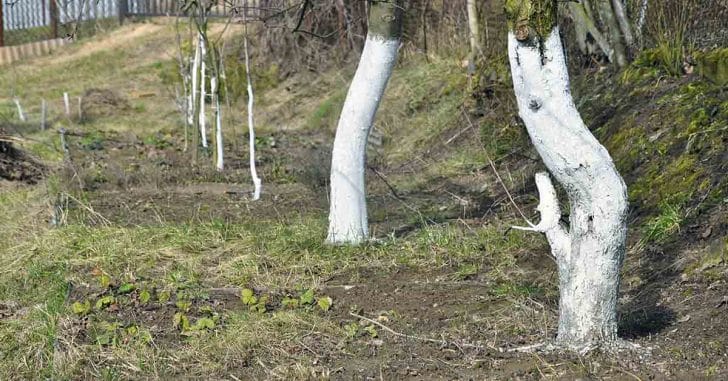
You might also see trees with various paint markings. While white paint serves to protect bark, other colors and patterns convey different instructions. For example, some trees are marked to indicate disease, the need for removal, or pruning requirements.
“Paint marks trees in a subtle way,” says Ken Fisher, assistant forester for the Boulder Parks and Recreation Department. “Many people don’t even notice, but it alerts our contractors to the specific tree in question. We’ve been using paint dots for around 25 years, so some trees might have several dots.” However, different cities may have their own codes, so colors like red or purple could signify different things depending on the location.
In forests and nature trails, you might encounter paint jobs indicating hazardous or safe trees. They can also mark private hiking trails or provide environmental information. “In some areas, trees with nests of rare or endangered species are marked,” notes Evans. “For example, in the Southern United States, nests of the federally endangered red-cockaded woodpecker are typically marked with a white paint ring.”
However, it’s essential to check local guidelines before making assumptions, as there is no universal standard for marking paint in forestry. Some symbols and colors are more widely understood, like an X, which often signifies a tree to be cut, and numbers indicating a tally before a harvest. In many states, purple paint marks private property.
How to Paint Trees White
Painting young trees white has long been a method of protection, though some experts question its effectiveness. While the paint can help prevent young bark from overheating, the wrong type of paint can cause severe damage. Therefore, it’s crucial to choose the right product: water-based latex paint diluted with one gallon of latex to four or five quarts of water. Consider using a rodent repellent to prevent animals from gnawing on the trees.
Avoid oil-based paint, as it can seal the bark and prevent the tree from absorbing oxygen. Opt for paints with an organic base to avoid harmful additives. Any light color will suffice, but darker shades should be avoided as they absorb more heat and can exacerbate sunscald.
Once you have the right paint mixture, apply it with a paintbrush. Sprays tend to be less effective and don’t offer adequate protection. One coat should generally be sufficient unless the weather conditions are extreme. In areas with severe weather, reapply the paint annually. Overall, white paint is a simple and effective way to protect young trees as they grow.
News in the same category


The reason behind children not visiting their parents

Powerball Winner Turns $2 Billion Fortune Toward Rebuilding Fire-Ravaged L.A. Homes

The Astonishing Claim That Humans Might Be Built for 20,000 Years

Signs Your Adult Child May Resent How You Raised Them

When ants randomly crawl into the house, here's what the Universe is trying to tell you

6 things in the house that reveal a messy woman

What it means to let your gray hair grow and not dye it, according to psychology
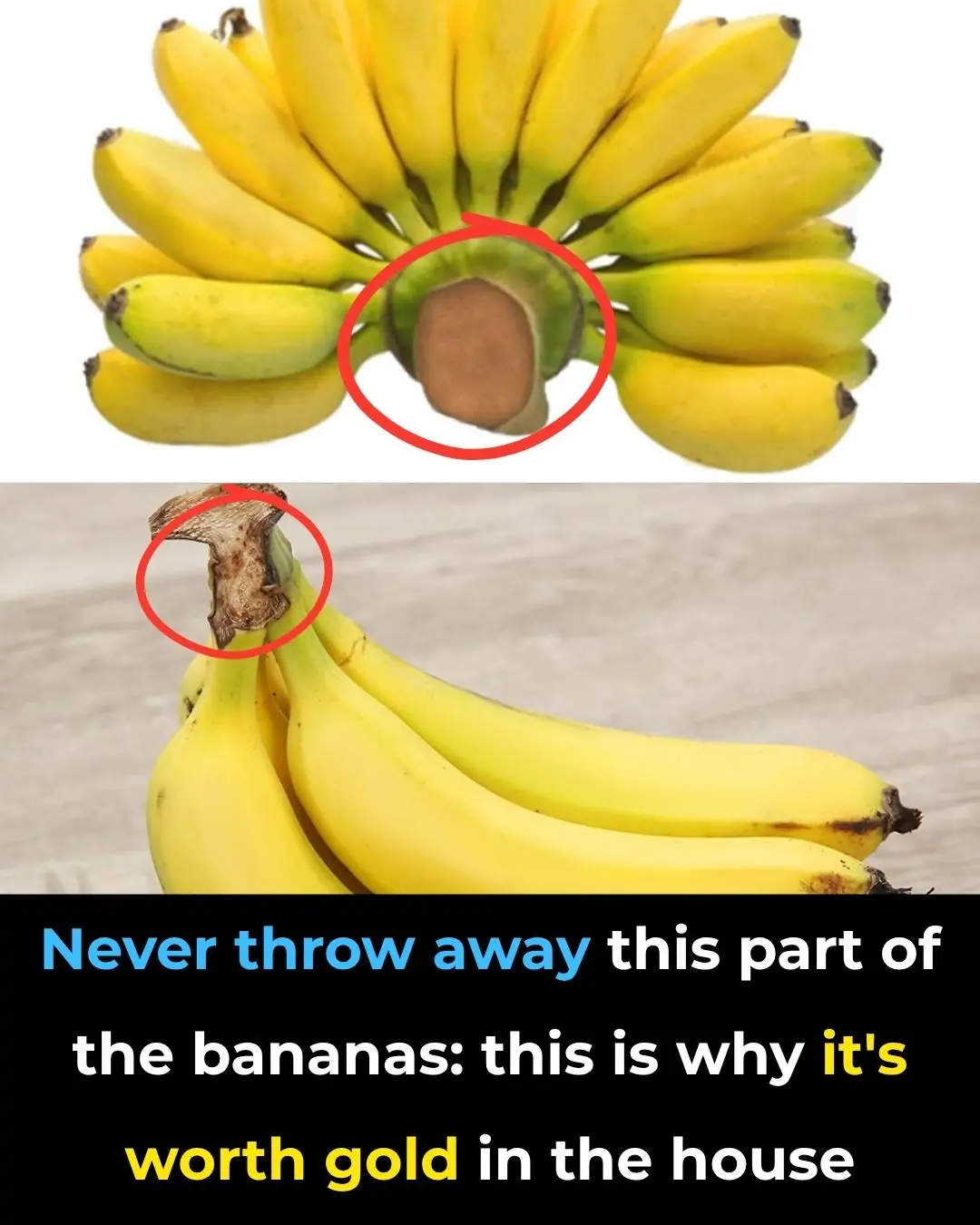
Never throw away this part of the bananas: that's why it's worth its weight in gold in the house

What Mixing Vinegar, Salt, and Water Does?

The Surprising Purpose of the Metal Part Between Scissors’ Handles
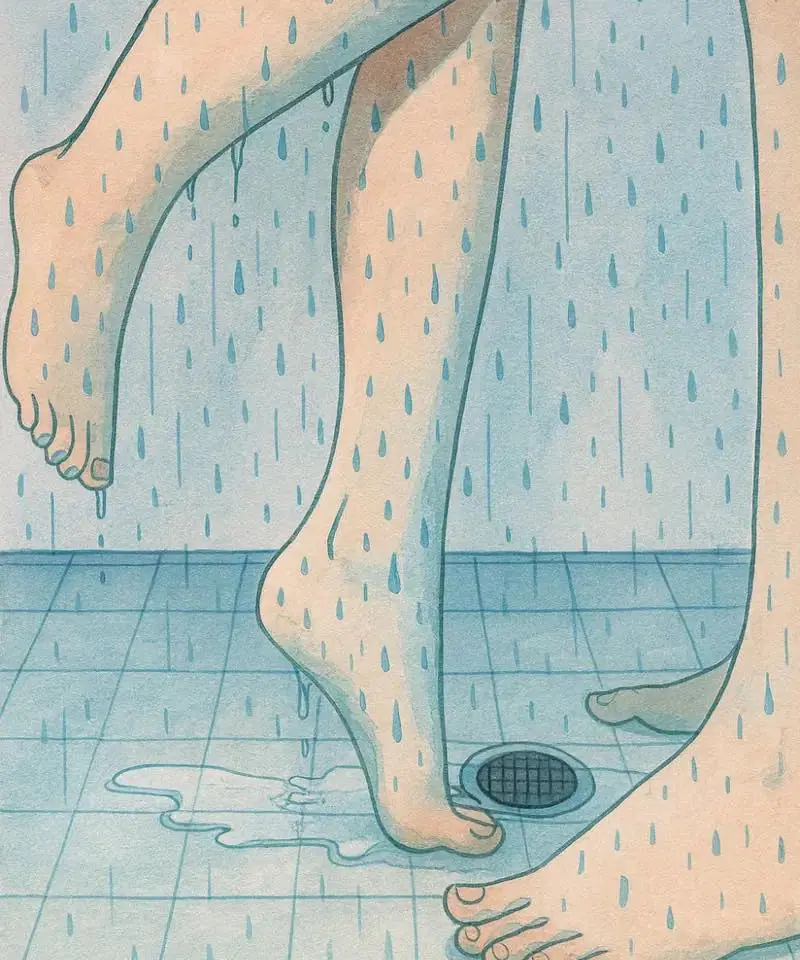
Showering with Your Partner

How a $20 Million Dream Home Became a Monument to Nowhere

The Man Who Can ‘Prove’ Life Is a Simulation With Just a DMT Vape and a Laser

What You See First Reveals a Key Trait of Your Personality

iPhone owners in utter shock after user points out 'never seen before' design 'flaw'

5 Mistakes Women Unknowingly Make That Drive Men Away

The Tradition Behind Japanese Floor Sleeping

14 Items to Throw Away Right Now
News Post

What Your Lips Say About Your Health

Important News for Everyone Who Loves a Daytime Nap

The Night Edith Found Her Angels at a Waffle House

The Dog Who Healed Our Hearts: A Story of Rescue, Love, and Second Chances

A Night at McDonald’s That Changed a Life — And Mine

Beyond the Badge: A Police Officer’s Reflection on True Community Connection

Koda the Christmas Bandit: The Dog Who Unwrapped Every Gift Under the Tree

A Brother’s Gift: Caleb’s Courage for His Sister Libby

Two Brothers, One Battle: The Scotts’ Fight for Life and Hope

An Elephant’s Cry, A Human Answer.
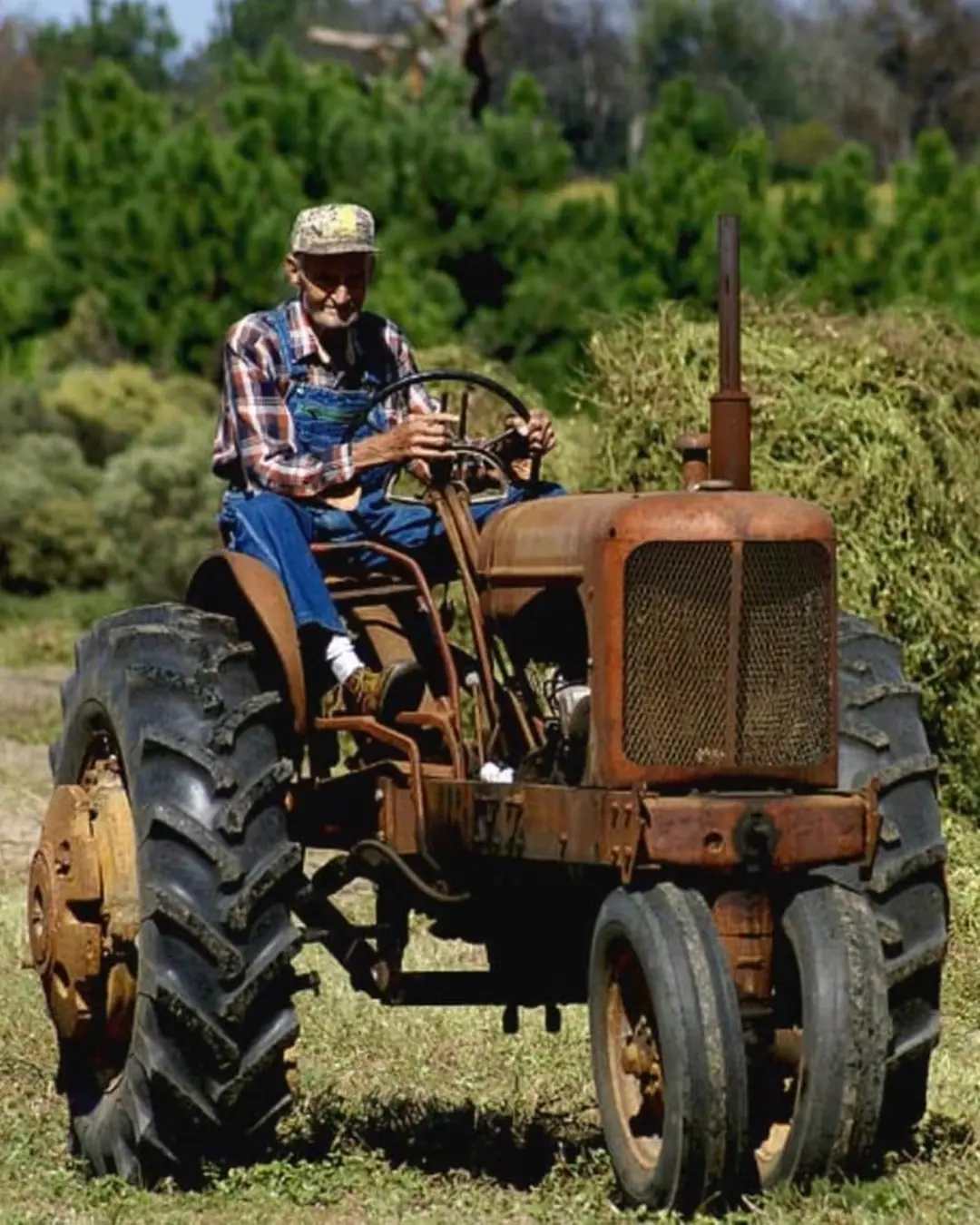
The Farmer’s Slow Lane

The Gift of a Grandfather Without Bloodlines.

12 Powerful Natural Painkillers Found in Your Kitchen
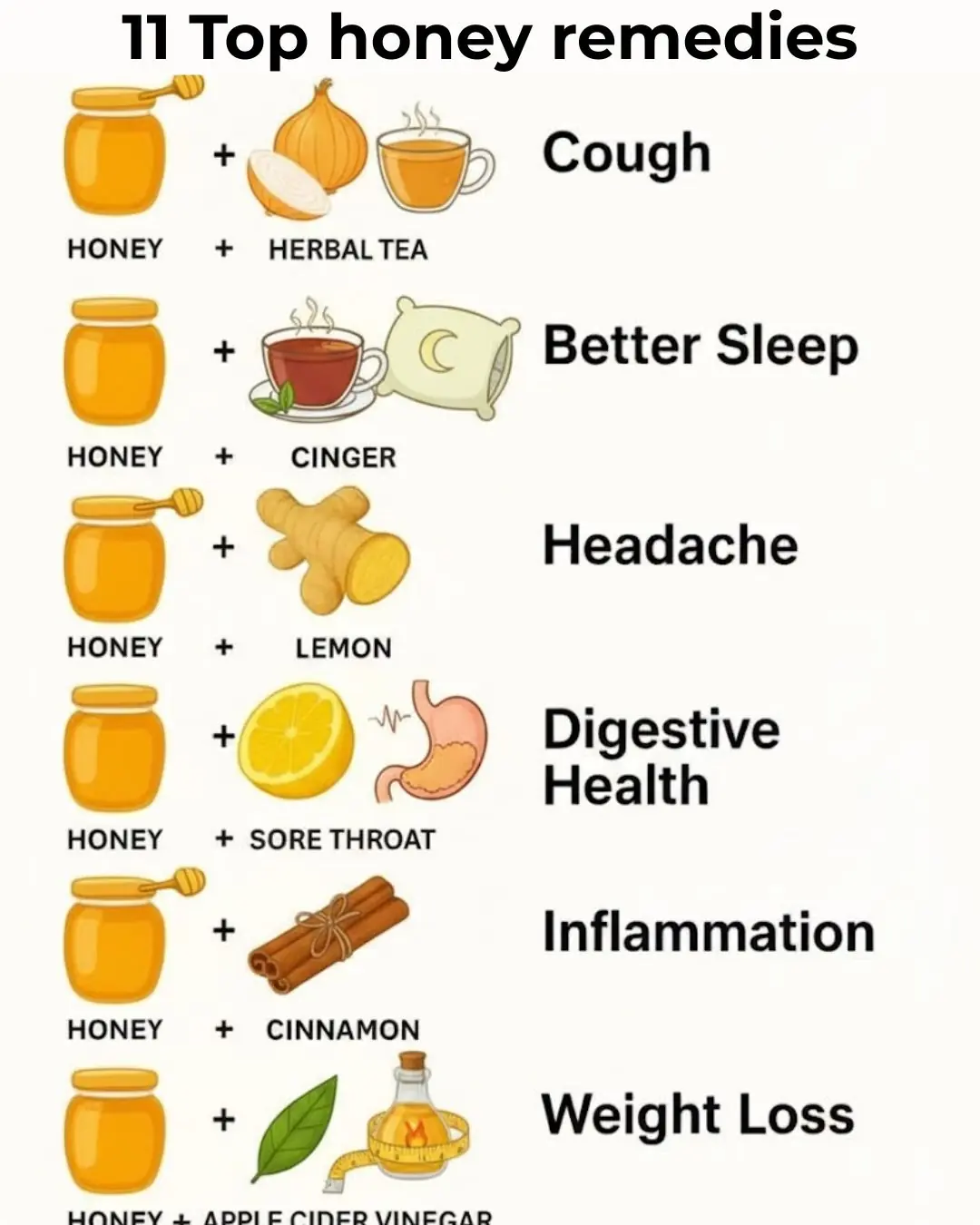
11 Honey Remedies That Truly Work

4 Dangerous Mistakes When Using an Air Fryer That Can Lead to Poisoning, Cancer, and Even Fires

The Secret of Our Hand to Show RICH or POOR…

The Purpose of the Overflow Hole in Your Sink You Never Knew

Only 2% Know This Ancient Spice Can Clean Lung Mucus Overnight 💥

🌿 SENIORS: This 1 Leaf DESTROYS Diabetes & Melts Belly Fat (Doctors HATE It!) | Barbara O’Neill
